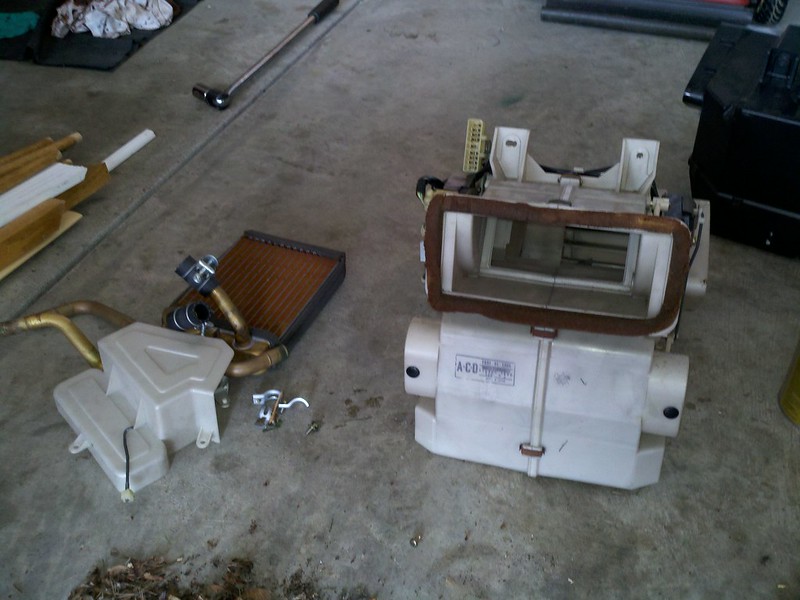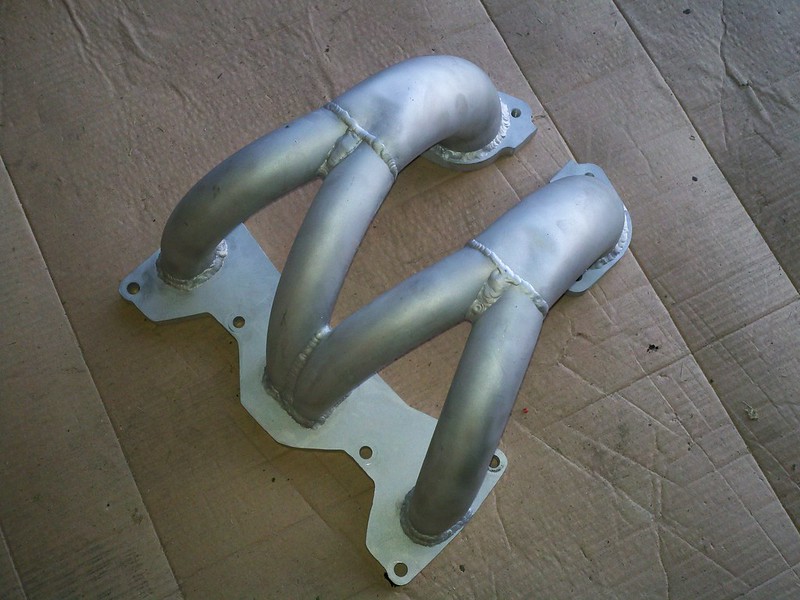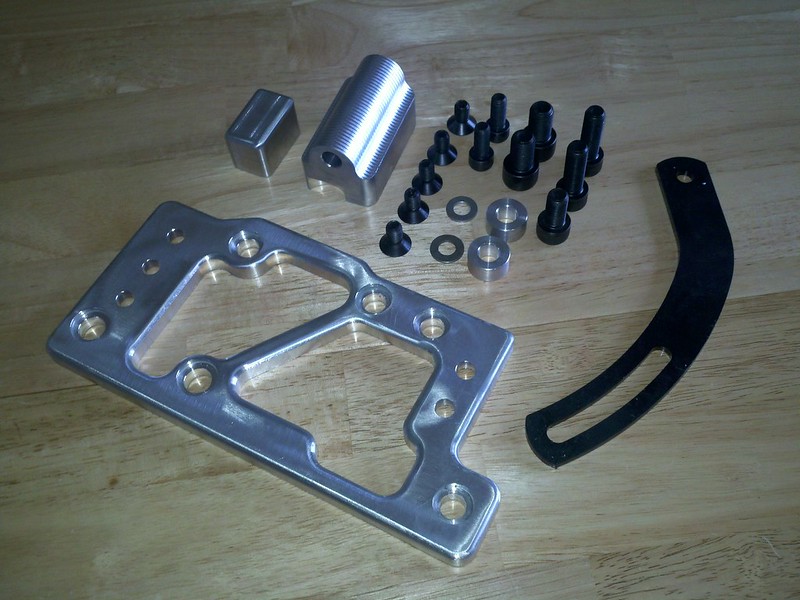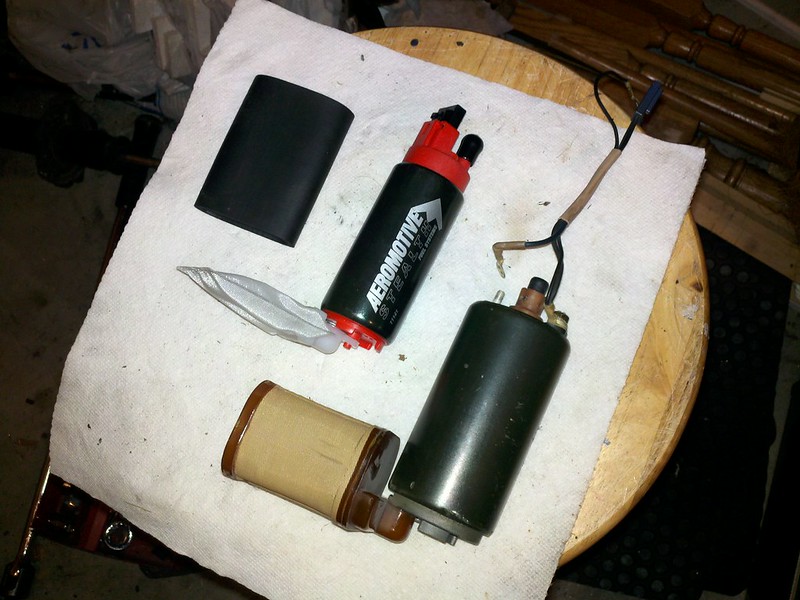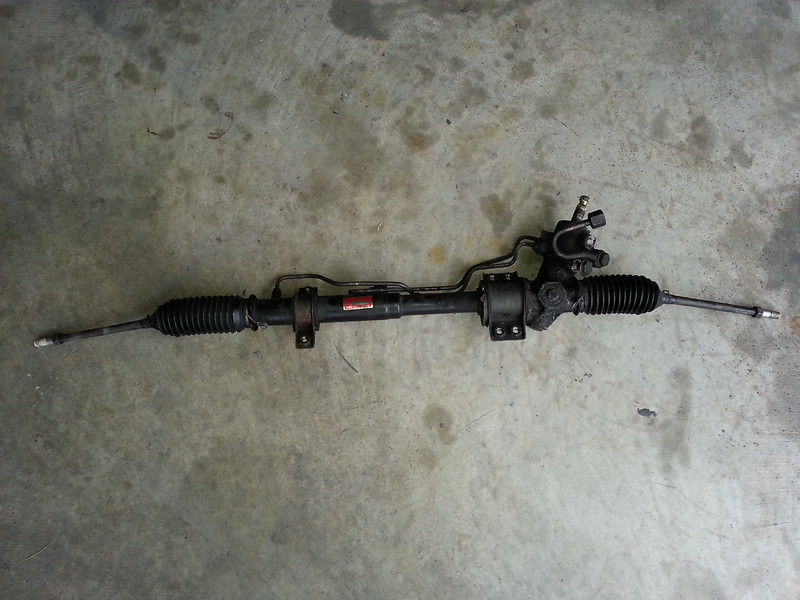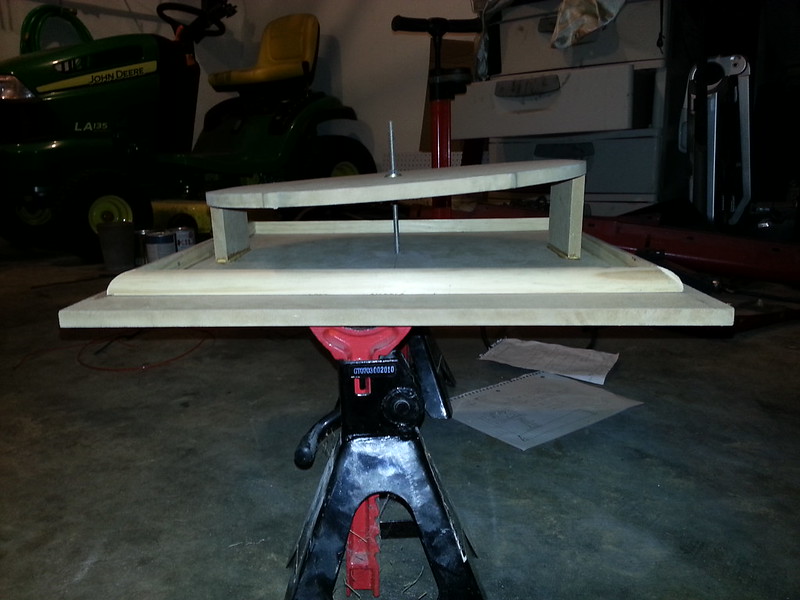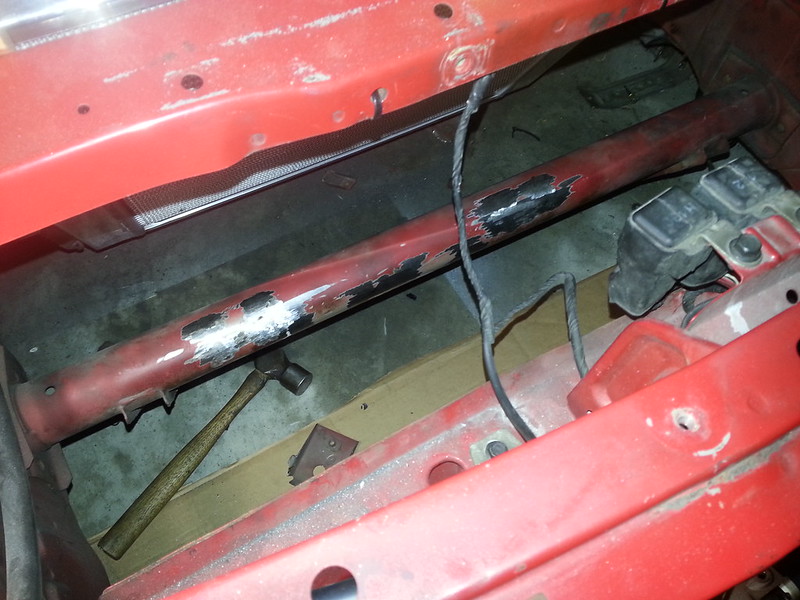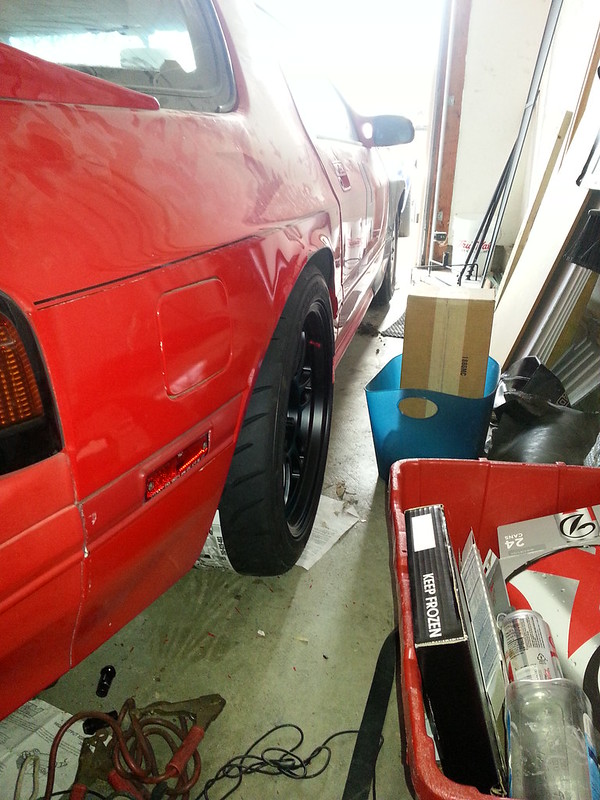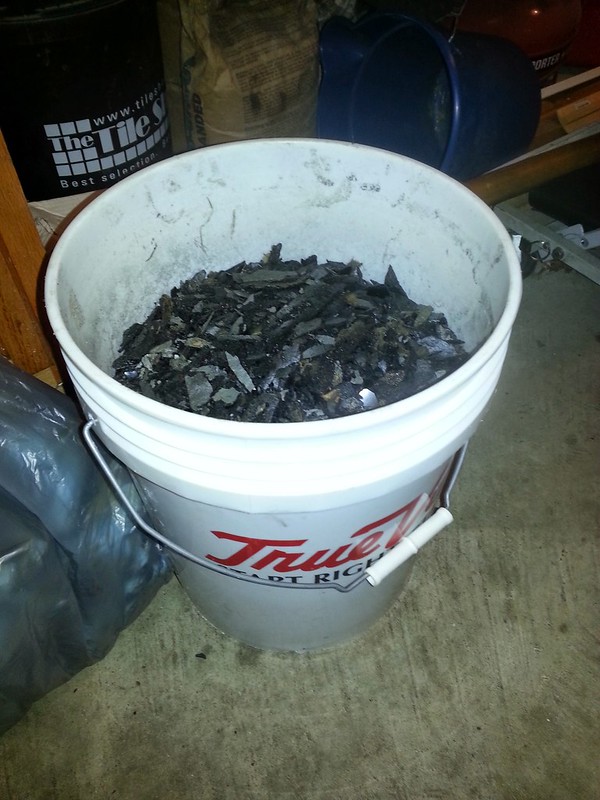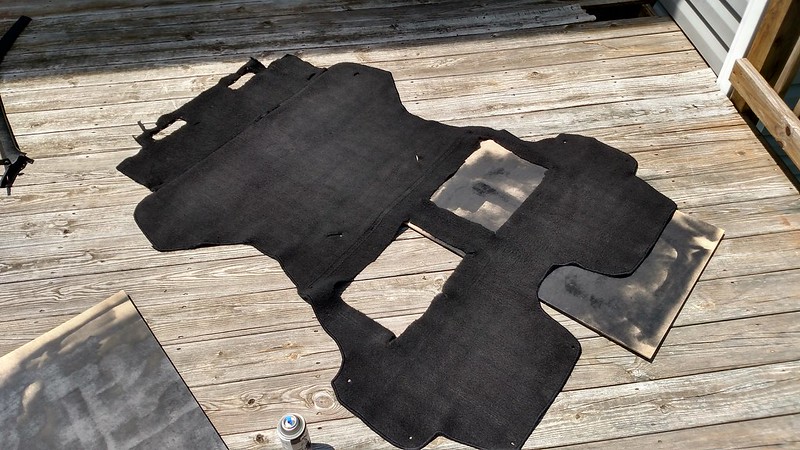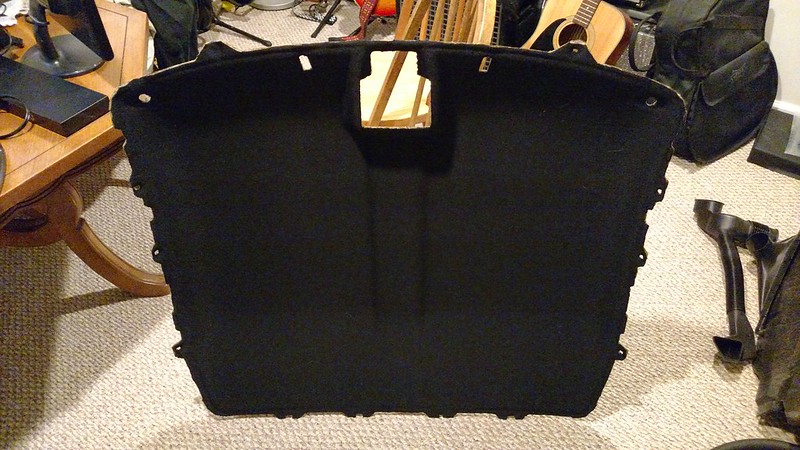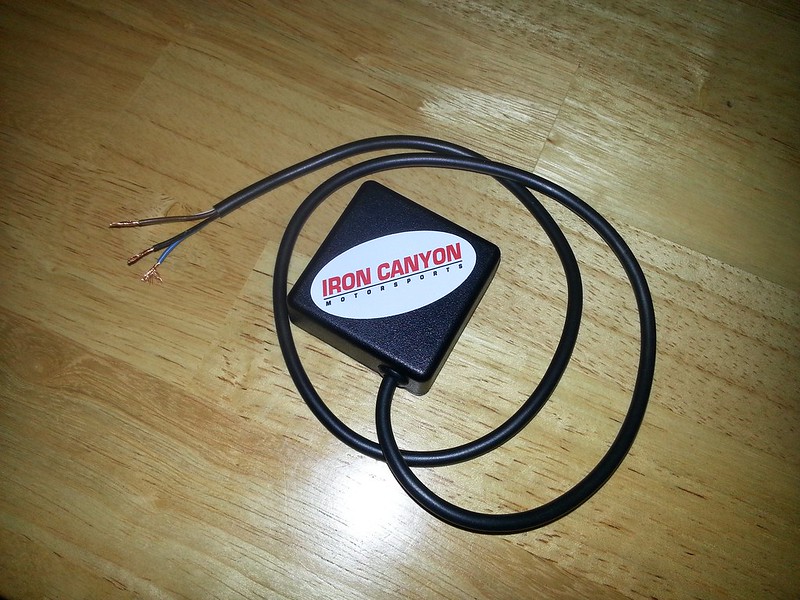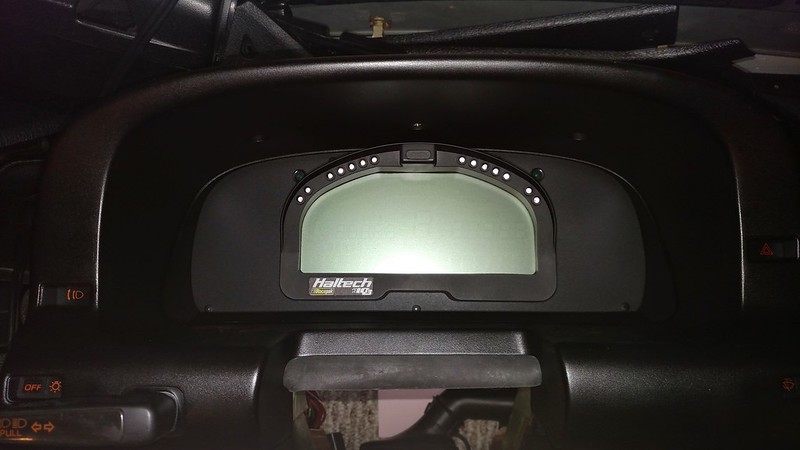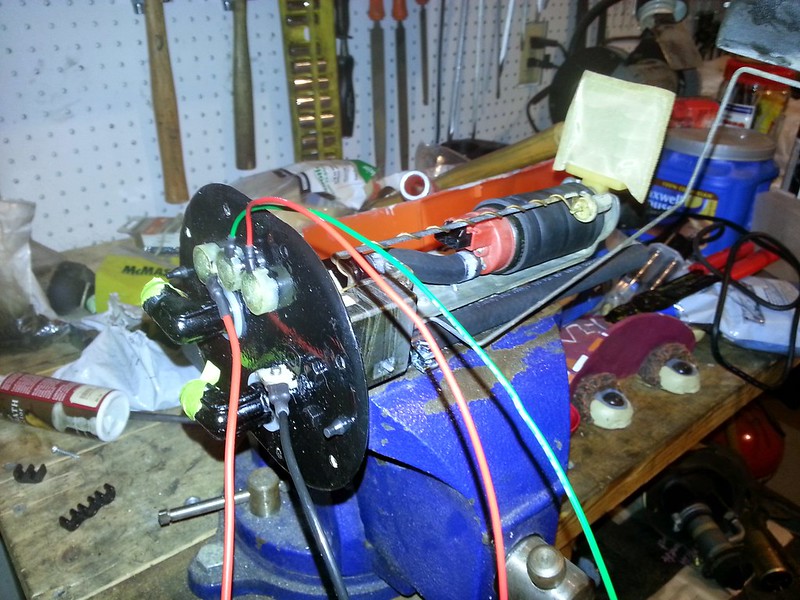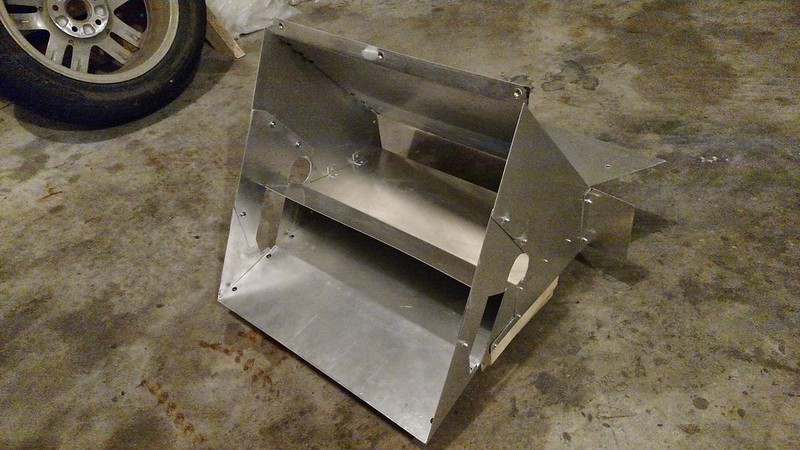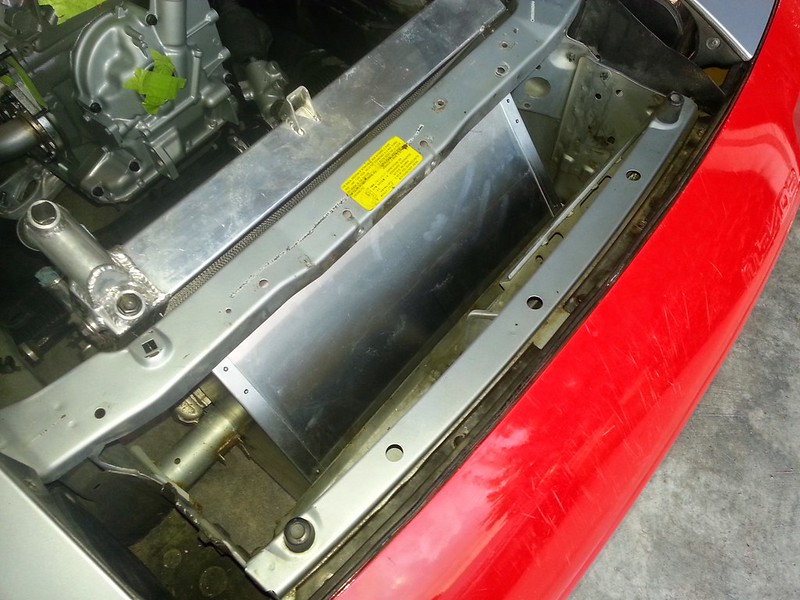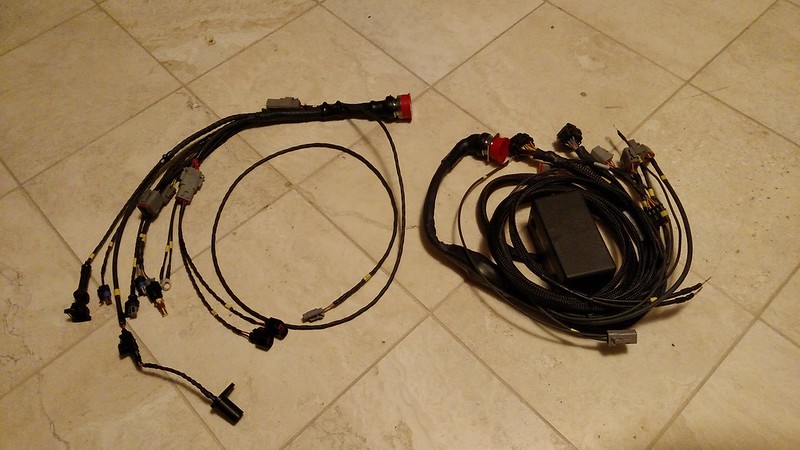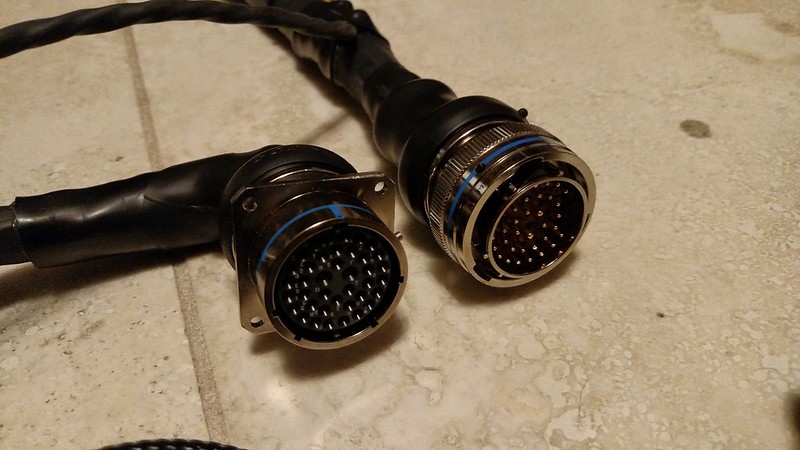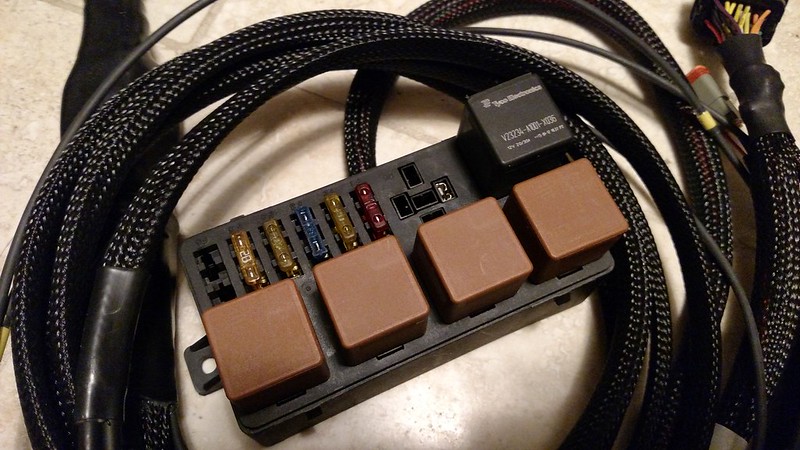I'm a long-time lurker and I figured it's a good time to try to become more active in this community. I started reading GRM about 8 years ago when I got my first RX7 after deciding to become more involved in Motorsports and less in the "tuner" scene. Here's a little information about me. My name is Jon and I'm obsessed with Mazdas. Between my wife and I've owned 6 of them over the past 12 years. What started as a sporty/stylish alternative to a Corolla or Civic for a college commuter (Protege5) eventually evolved into a multi-year project (1986/89 RX7-this topic) and even getting into classic motoring (1979 RX7). With this topic I'm going to attempt to cover the six and half years of work I've put into to RX7 chasses that got me to where I am today. With the car finally running I hope to have it broken in and tuned to return to the track in 2018.
Back in 2009 I had my first Motorsports experience. I attended a Grand-Am race at Mid-Ohio as part of the Mazda Corral and was quickly introduced to the world of sports car racing. Despite over 4 years of work and thousands of dollars put into my Protege5 it was still a 5 door, FWD, "tuner" car. Though the Protege was a modestly-proven platform, after hearing the wail of the 20B-powered RX-8s I convinced myself I needed to be a part of the masochistic Wankel-powered car owners club. Within months I had sold the Protege5 and had my then fiancee pick up this stock 1989 RX7 GXL.
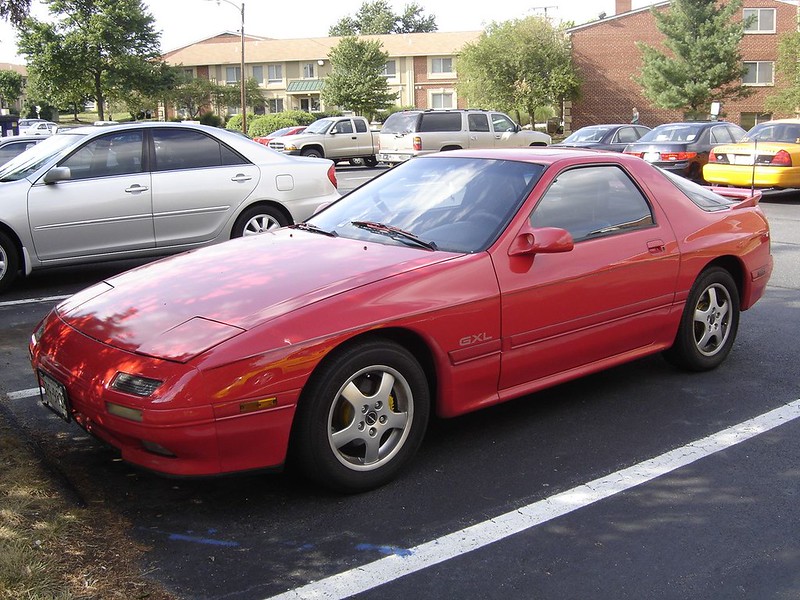
I spent the first few months fixing things like non-functioning window switches and broken interior plastics. After that the fun began. Unlike my previous car I swore I wasn't going to touch the engine save for general maintenance. I was only going to modify the suspension until I was comfortable on the track. Within a year the stock, adjustable suspension was replaced with an adjustable coilover system and the '90s-vintage Borbet wheels were replaced with Enkei RPF1s and wider rubber. My first taste of the track was in April 2010 for a Hyperdrive at Mid-Ohio.


I was hooked, but for reasons I can no longer remember I didn't go to any other events that year. That Winter, I went even further into the suspension modifications and started on the drivetrain as well. Polyurethane bushings replaced the worn-out stock rubbers ones. The "rear steer" function was deleted with UHMW bushings. The engine, transmission, and differential mounts were replaced with stiffer rubber units from the Mazdaspeed catalog. The biggest change, however, was to the differential. I managed to score an assembled rear end from the elusive GTUs model with the viscous LSD and 4.30:1 final drive ratio. Knowing the viscous-type LSD wasn't the best for track use and that later Miatas used the same ring gear diameter I procured a TORSEN LSD from a 1.8L Miata and went about swapping that in.
Stock, open rear end with 4.10:1 ratio:
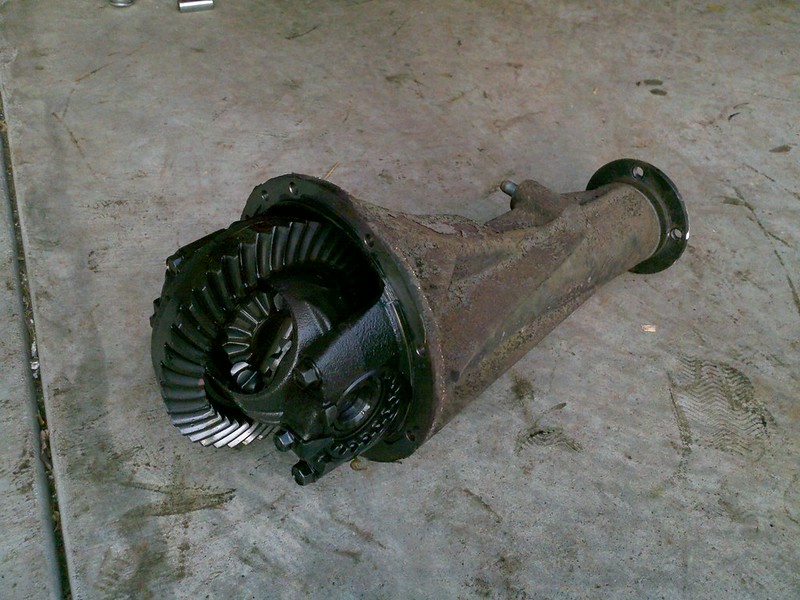
Replacement with Miata Torsen LSD and 4.30:1 final ratio:

I also added UHMW sub-frame mounts, bushings with spherical bearings for the forward mounting points of the rear control arms, and individual camber-adjusting links to correct the copious amount of negative camber RX7s achieve by lowering the rear suspension.

This was all completed just in time before the first HPDE of the 2011 season. I was all set up for a full season of track days. As with the Hyperdrive the previous year I had a blast.
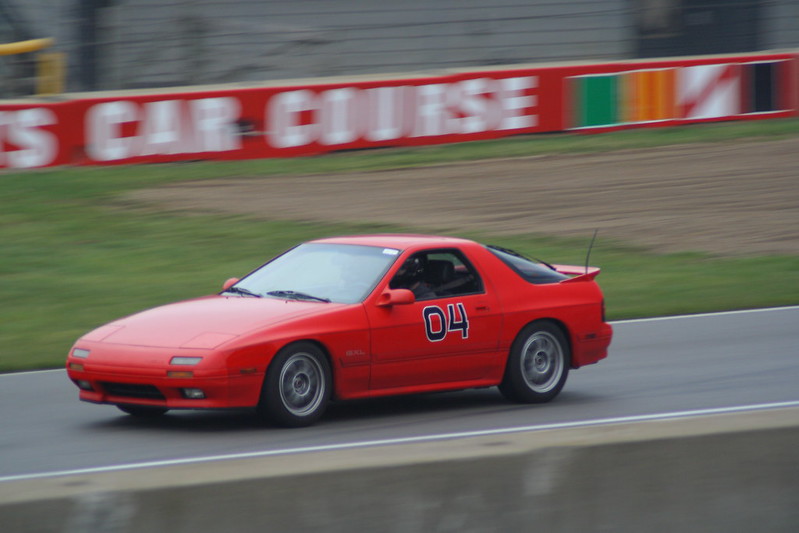

Unfortunately, it wasn't meant to be. On the second-to-last run of the weekend the "low coolant" buzzer went off coming out of the esses. I looked down to see the temperature gauge quickly rising so I turned on the heater and limped back to the pits. I decided not to risk the final run of the weekend, so I topped off the radiator and limped the 2.5 hours home.
Up next: diagnosing the problem and going down the rabbit hole













